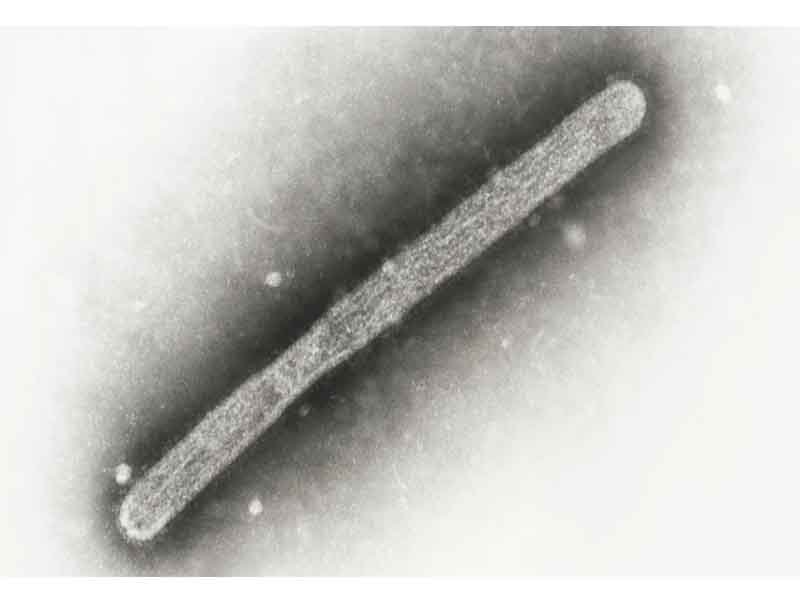- A 65-year-old Louisiana resident has died from H5N1 bird flu, marking the first U.S. fatality.
- The individual had underlying health conditions and was exposed to backyard poultry and wild birds.
- Health officials confirm no evidence of human-to-human transmission linked to this case.
- Experts express concern over potential mutations increasing human susceptibility.
- The Centers for Disease Control and Prevention (CDC) maintains that the overall public health risk remains low.
A 65-year-old resident of Louisiana has become the first person in the United States to die from the H5N1 bird flu virus. The Louisiana Department of Health (LDH) announced the death on January 6, 2025, stating that the individual had underlying health conditions and was exposed to both backyard poultry and wild birds.
The patient was hospitalized on December 18, 2024, after developing severe respiratory symptoms. Despite medical intervention, the individual succumbed to the infection. Health officials conducted an extensive investigation and found no evidence of human-to-human transmission associated with this case. The LDH emphasized that the current risk to the general public remains low.
Global Impact and Transmission Concerns
Since 2003, the World Health Organization (WHO) has documented over 900 human cases of H5N1 globally, with a fatality rate of approximately 52%. In the United States, nearly 70 individuals have contracted bird flu since April 2024, mostly farmworkers exposed to infected poultry and dairy herds.
Dr. Richard Webby, a leading expert at St. Jude’s Children’s Research Hospital, described this strain as the “nastiest form of the virus” in decades. Genetic analysis by the CDC revealed mutations in the Louisiana case that enhance the virus’s ability to infect human airways, raising concerns about increased transmissibility.
H5N1 avian influenza spreads mainly through direct contact with infected birds, their droppings, or contaminated environments. Workers who handle poultry or maintain backyard flocks face the highest risk. The CDC urges these individuals to adopt safety measures, including proper hygiene and wearing protective equipment.
Health authorities emphasize the importance of vigilance and preventive action. People in frequent contact with birds should prioritize hygiene and protective practices to reduce exposure risks. Experts remain focused on monitoring the virus’s mutations to prevent its spread and limit potential outbreaks.
Preventive Measures and Recommendations
Health officials recommend several measures to prevent H5N1 infection:
- Avoid Contact: Do not touch sick or dead birds or their droppings. Keep pets away from potentially infected animals.
- Proper Cooking: Ensure all poultry and eggs are cooked thoroughly to safe temperatures to kill any viruses.
- Hygiene Practices: Wash hands with soap and water after handling birds or their environments.
- Report Cases: Report sick or dead birds to local authorities or the U.S. Department of Agriculture (USDA) at 1-866-536-7593.
- Vaccination: Individuals working with poultry should consider receiving the seasonal flu vaccine to reduce the risk of co-infection.
People exposed to infected birds should monitor for symptoms such as fever, cough, sore throat, or eye infections and seek medical attention if they develop.
Expert Insights and Future Outlook
The mutation in the Louisiana case worries experts, but they say there’s no proof of the virus spreading from person to person. Michael Osterholm, an infectious disease expert, said, “Right now, this is a key that sits in the lock, but it doesn’t open the door.”
The CDC keeps a close eye on the situation. They work with state health departments to track cases and study the virus. Officials ask people to stay updated through trusted sources and follow safety guidelines to stay protected.
In conclusion, the first U.S. death from H5N1 bird flu underscores the importance of vigilance in monitoring and preventing avian influenza infections. While the overall risk to the public remains low, individuals in close contact with birds should take appropriate precautions. Ongoing surveillance and research are crucial to understanding the virus’s behavior and mitigating potential public health impacts.


